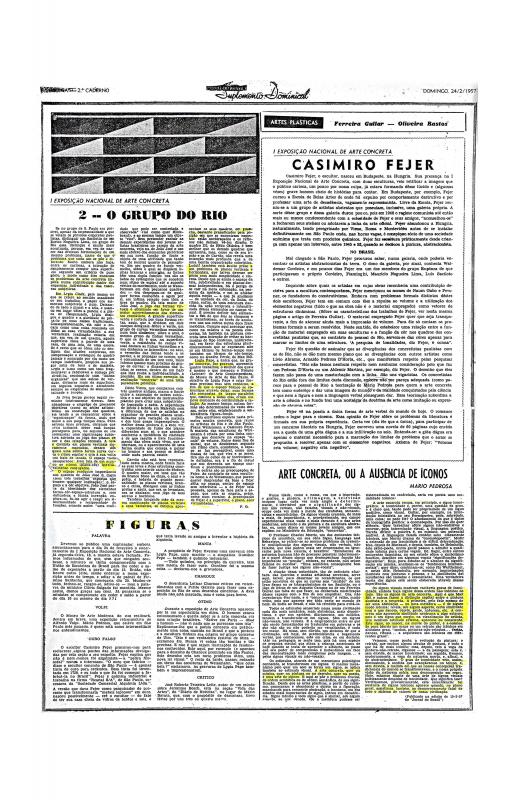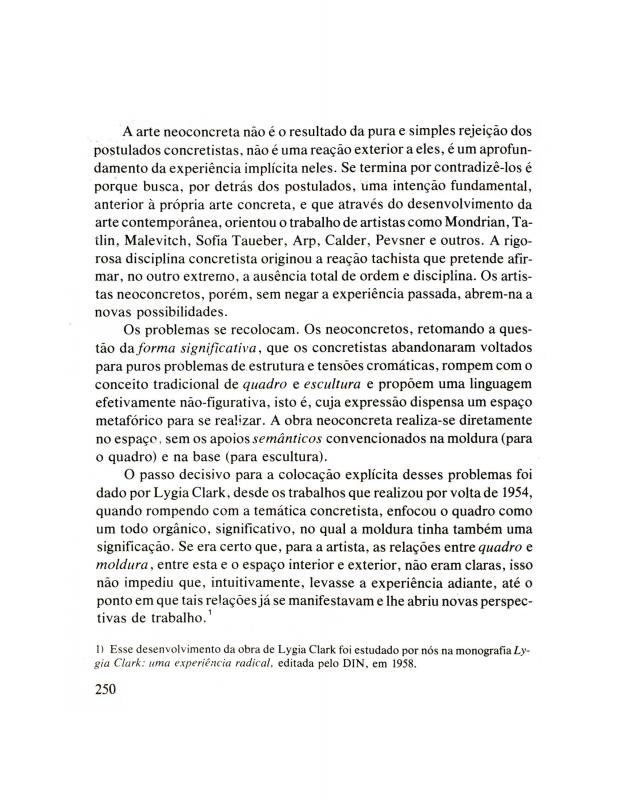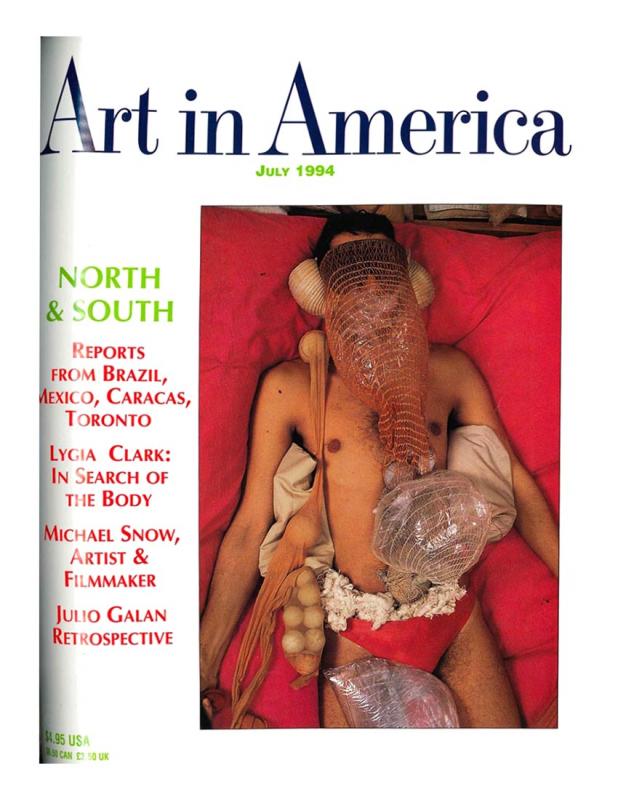The book Lygia Clark from the “Arte Brasileira Contemporânea” collection published by the Fundação Nacional de Artes (FUNARTE) from 1978 to 1983 includes this brief text by the artist. The volume on Clark documents her production from what are called the paintings “sem moldura” [without frames] produced in the fifties to her proposals involving “objetos relacionais” [relational objects] produced starting in the mid-sixties. The book contains as well essays by Brazilian critics and theorists Mário Pedrosa and Ferreira Gullar. In her text, Lygia compares the attitudes and spheres of action of Brazilian “youth” in the context of the limitations imposed by the military regime in power for two decades (1964–85) to those of artists. In her view, youth largely replaced artists at “the margins” of a submissive society. In the critical year of 1968—at the end of which AI-5 (Institutional Act no. 5), a decree prohibiting the exercise of almost all civil rights, was issued—Clark put forth the position that artists, whom she deemed “domesticated,” were complacent. It was at this critical juncture that news of individuals disappeared and murdered by Brazil’s repressive state apparatus came to light.
Brazilian artist Lygia Clark (1920–88) was active from the late forties through the eighties. In the fifties, after briefly producing figurative work on canvas, she joined a group of Rio de Janeiro-based artists initially known as Grupo Frente. Under the leadership of Ivan Serpa, that group looked to São Paulo as it became part of the Brazilian Concrete movement. Art critic Ferreira Gullar’s text “I Exposição Nacional de Arte Concreta: 2 ? O grupo do Rio” [doc. no. 1090217] describes and comments on work by Clark and others in the exhibition held in 1956. In the late fifties, Clark became part of the Neo-Concrete movement, which radically questioned the Concrete movement. That later movement began in 1959 with the launching of the “Manifesto Neoconcreto” written by Ferreira Gullar with artists Franz Weissmann, Amílcar de Castro, Lygia Pape, Reynaldo Jardim (who worked in theater), and Theon Spanudis (a poet), all of whom participated in the aforementioned I Exposição de Arte Neoconcreta (1959) in Rio.
Ferreira Gullar also considers the course of Clark’s work in the text, written in 1960, entitled “Do quadro ao não objeto” [doc. no. 1091272]. For a critical analysis of Clark’s international career through the eighties, see “Lygia Clark: In Search of the Body” [doc. no. 1232526], written in 1994 by English curator and critic Guy Brett, who took an active interest in her production from the beginning.



